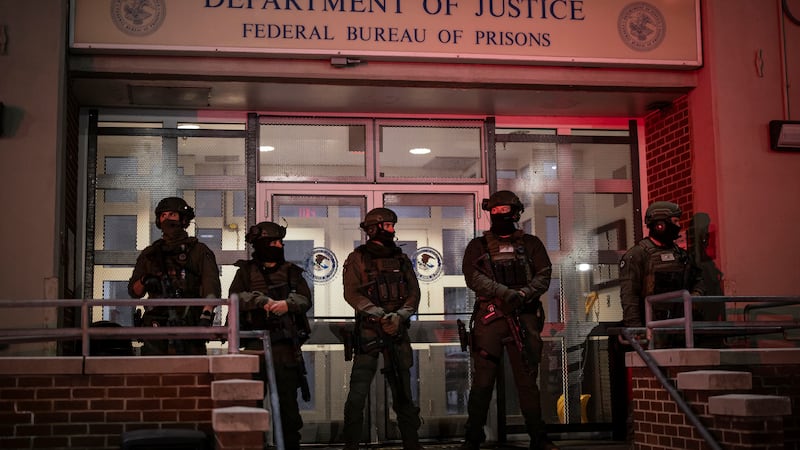A Chilean prosecutor has ended an investigation into possible responsibility for a mine collapse which trapped 33 men for more than two months in 2010.
The rescued miners expressed anger at the decision.
The cave-in at the San Jose mine in the Atacama desert brought the mine's safety record into focus and put mining, Chile's main industry, under close scrutiny.
The decision by a prosecutor in the northern region of Atacama to bring no charges against the owners of the mine or government regulators was announced late yesterday after a three-year investigation.
"This is a disgrace to Chile's justice system," Mario Sepulveda, who became the public face of the miners, told the Associated Press.
“It’s impossible that in an accident of this magnitude no-one is held responsible,” he said. “Today, I want to dig a deep hole and bury myself again, only this time I don’t want anybody to find me.”
The miners said it felt like an earthquake when the shaft caved in above them on August 5 2010, filing the lower parts of the copper and gold mine with suffocating dust.
Hours passed before they could even begin to see a few steps in front of them. Above them tons of rock shifted constantly, threatening to bury them forever.
People on the surface did not know for more than two weeks that the men had survived the collapse, and the 33 stretched a meagre 48-hour store of emergency food for 17 days, eating tiny capsules of tuna and sipping expired milk. A narrow shaft finally reached their haven and the world learned they were alive.
That shaft allowed food and water to reach the men while rescuers drilled a bigger escape hole.
Finally, in a flawless operation that ended in the early hours of October 13th, the miners were hauled up one by one in a cage through 2,000ft of rock.
















